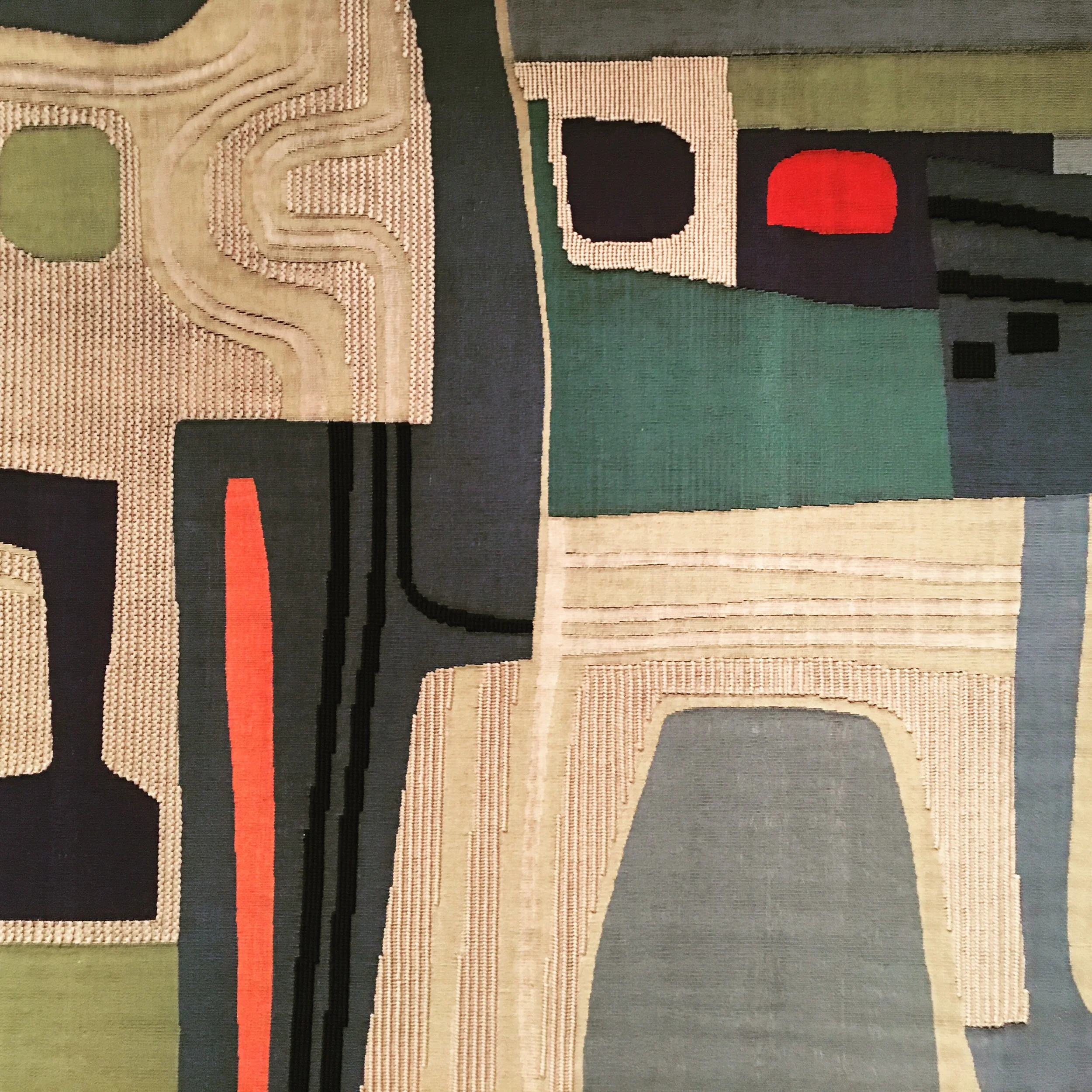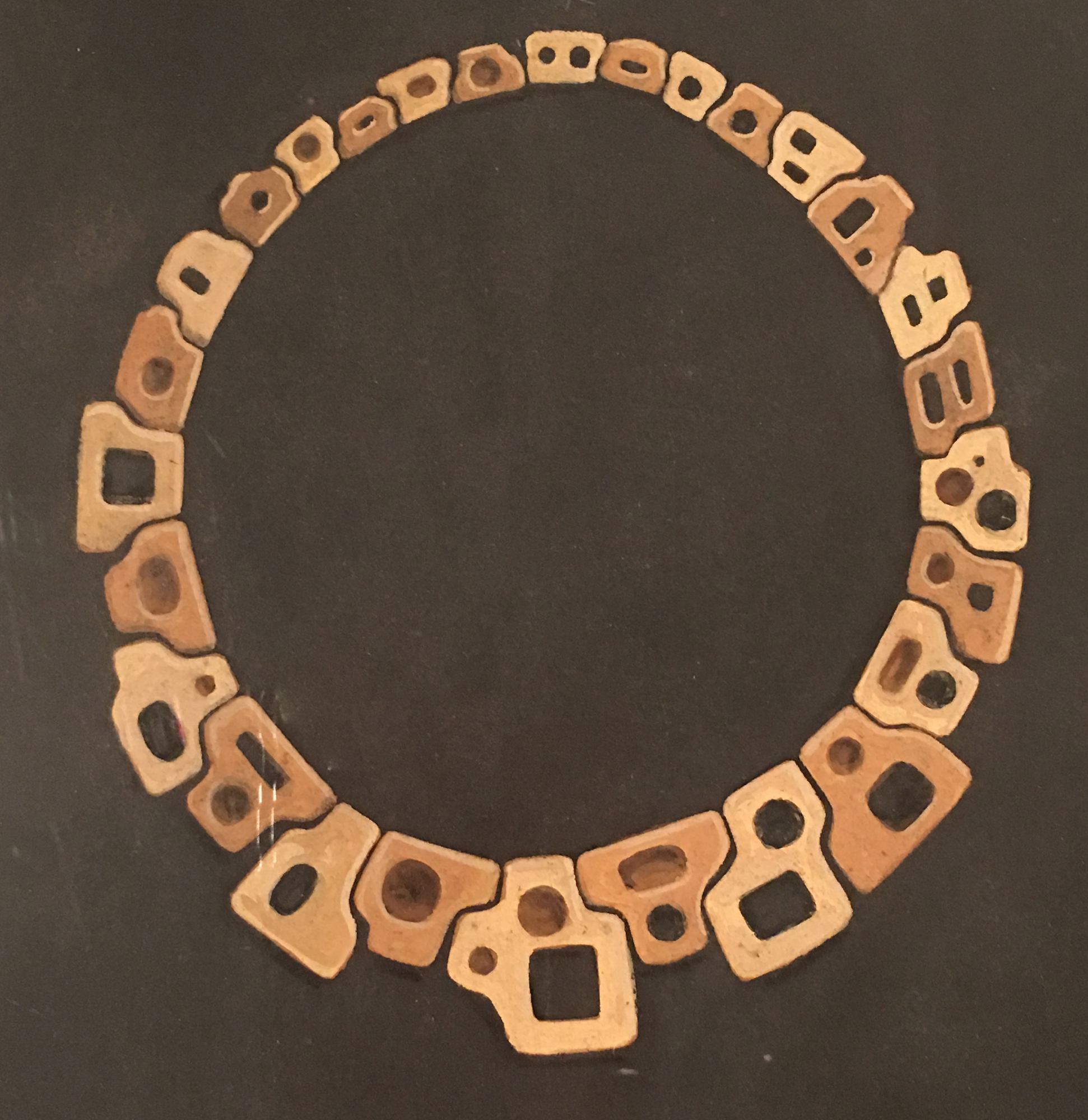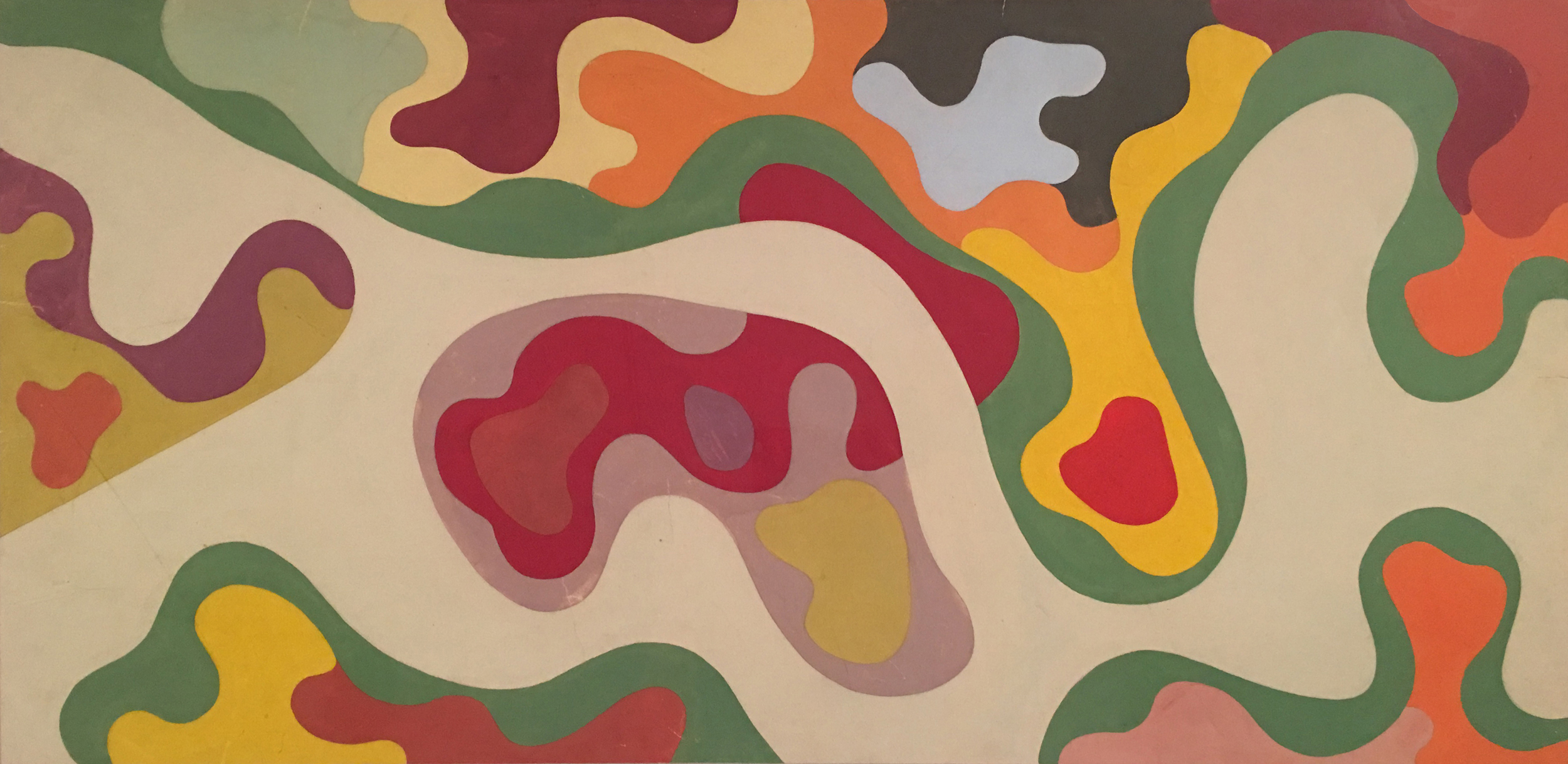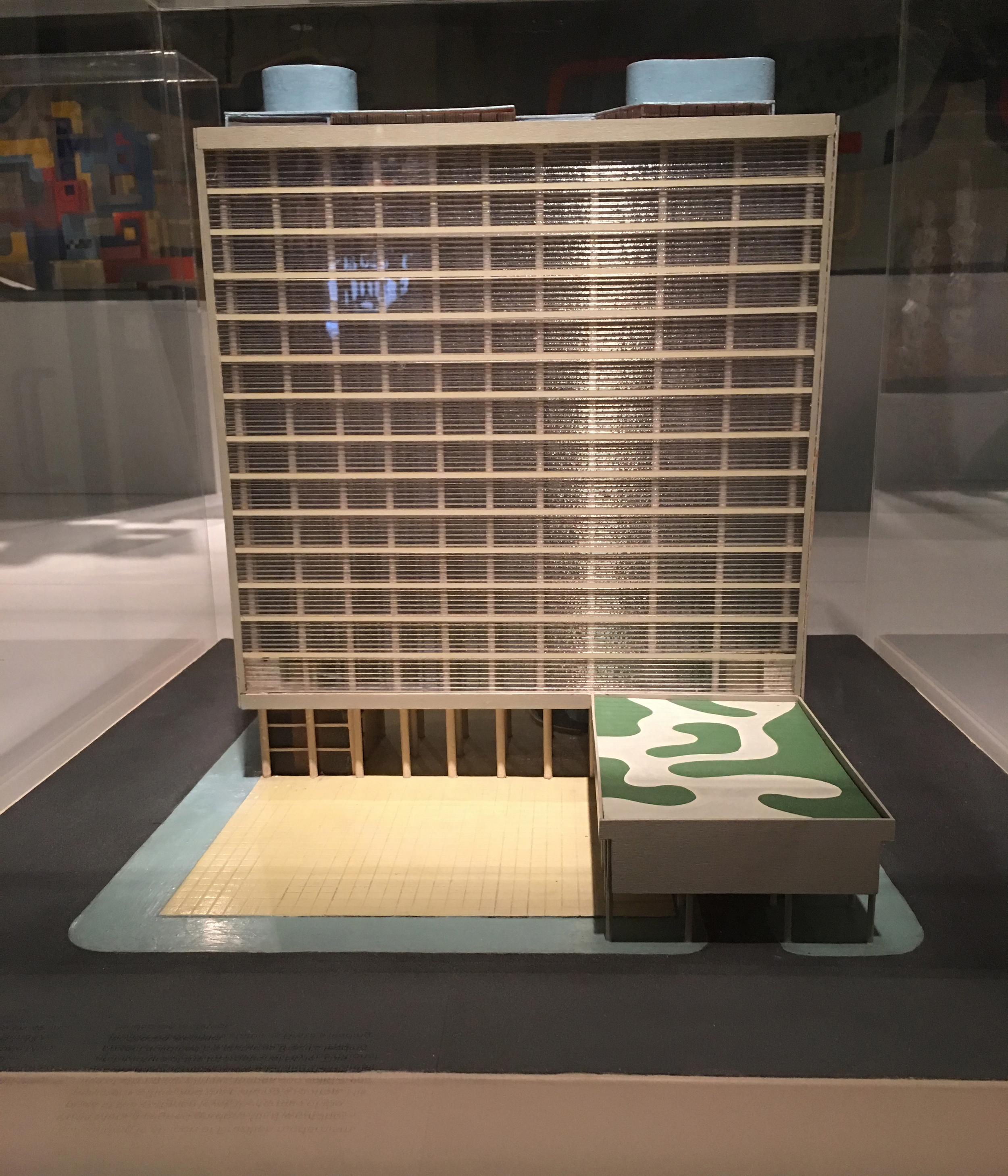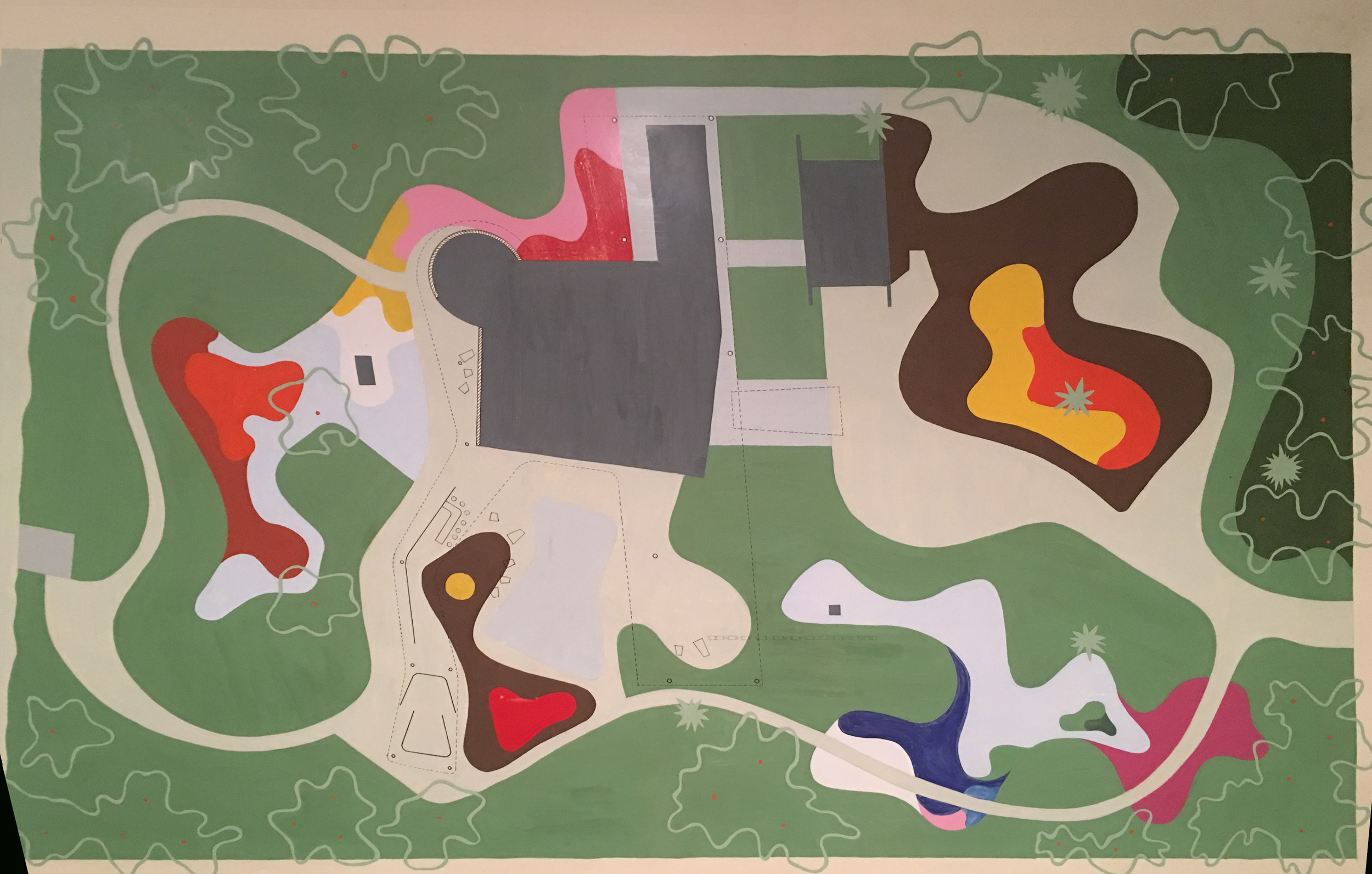I was ecstatic to discover Roberto Burle Marx's retrospective at the Jewish Museum, having recently completed a history of landscape design class at the New York Botanical Garden. He was a pivotal mover and shaker of the landscape design movement in the 20th C. And because Burle Marx was a true Renaissance Man, my challenge was deciding which parts of Burle Marx's varied career to highlight.
His many interests - all of which he excelled in - included landscape design, art, sculpture and maintaining an artisans workshop to produce textiles, jewelry and stage sets. Throughout his career he sought not only to protect the Brazilian rain forest but to salvage the bits of architecture from buildings slated to be torn down (a man after my own heart) long before others had yet considered the concept of conservation.
With his brother and fellow business partner he ran a landscape and construction business to propagate plants and build his projects.
During this time he collaborated with the most modern architects of his day. In contrast to their austere, linear buildings his landscape designs introduced biomorphic shapes and undulating forms. These are the shapes that appealed to the avant garde artists of his day - Jean Miro, Jean Arp and Alexander Calder.
Jewelry
Burle found and borrowed his forms from his native Brazilian landscapes, mountain-scapes and waterscapes. For example, his curvilinear walking paths echoed the flow of Brazilian rivers - while his expeditions through the native rainforests and dry lands he was surrounded by introduced him to vividly colored plants (birds of paradise) and succulents (cactus and aloe).
He brought these distinct architectural form-scapes into his gardens, thus bringing to life the shapes, colors and textures of his biomorphic drawings. These images reflect the planted gardens and some of the drawings he first made on paper.
Tapestry
A representation of Burle Marx's work would not be complete without including a highlight from the show - images of a woven mural that spans the length of the facing wall. Entering the room it took my breath away.
In his own words Burle Marx said his "message is purely pictorial...not anecdotal". But in fact his colors, rhythms and forms tell their own narrative of how he was able to shape space.

